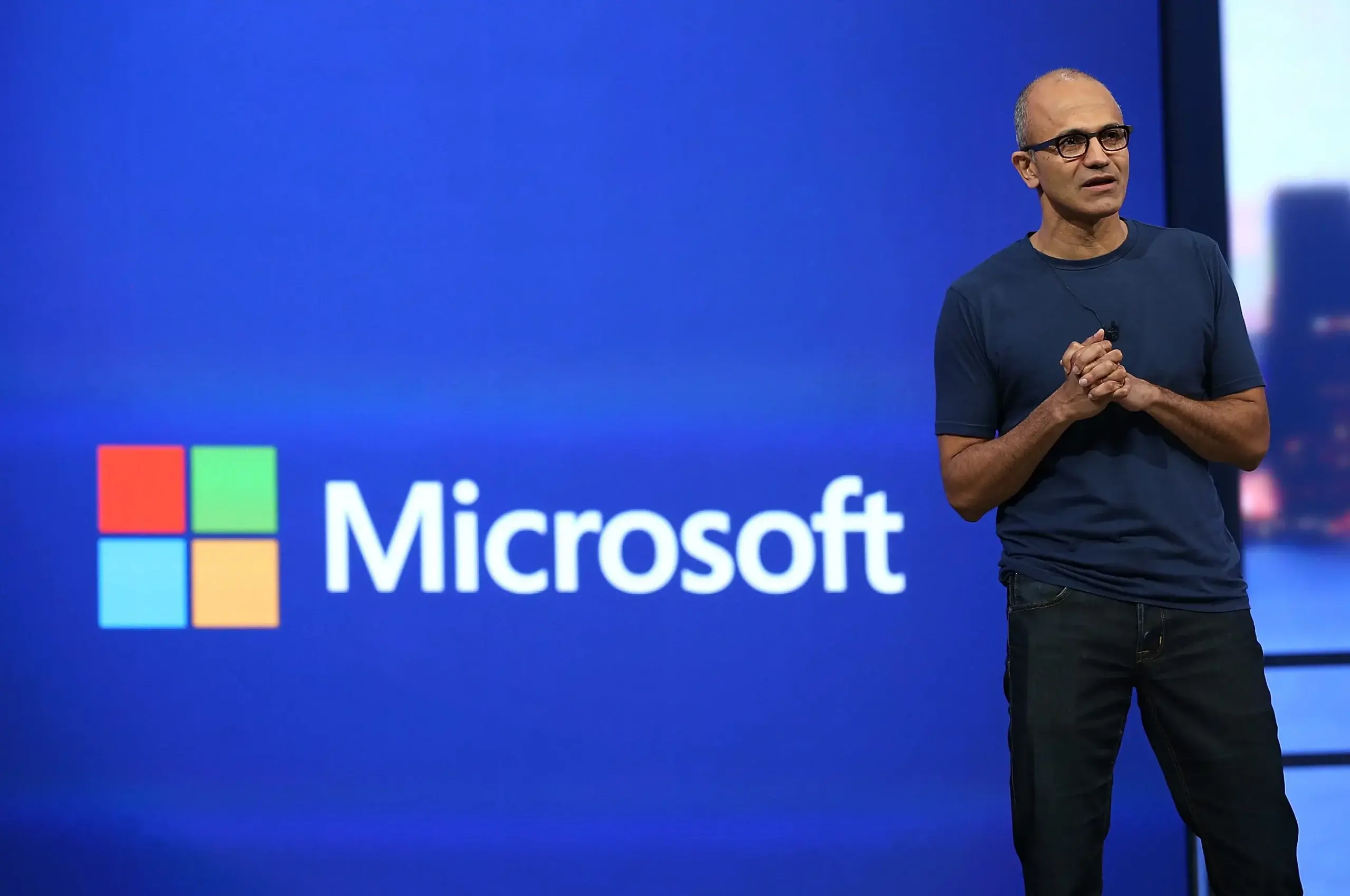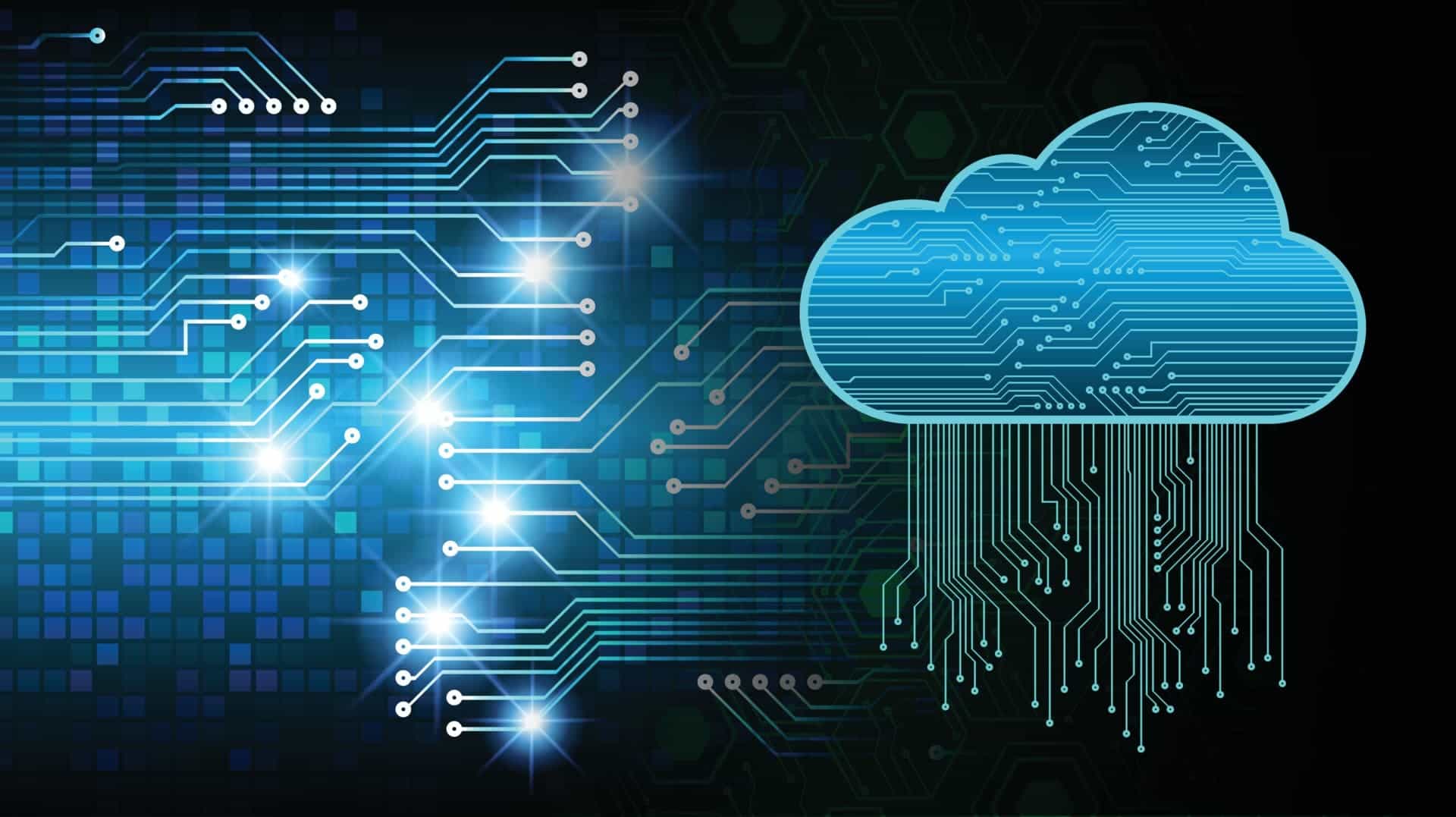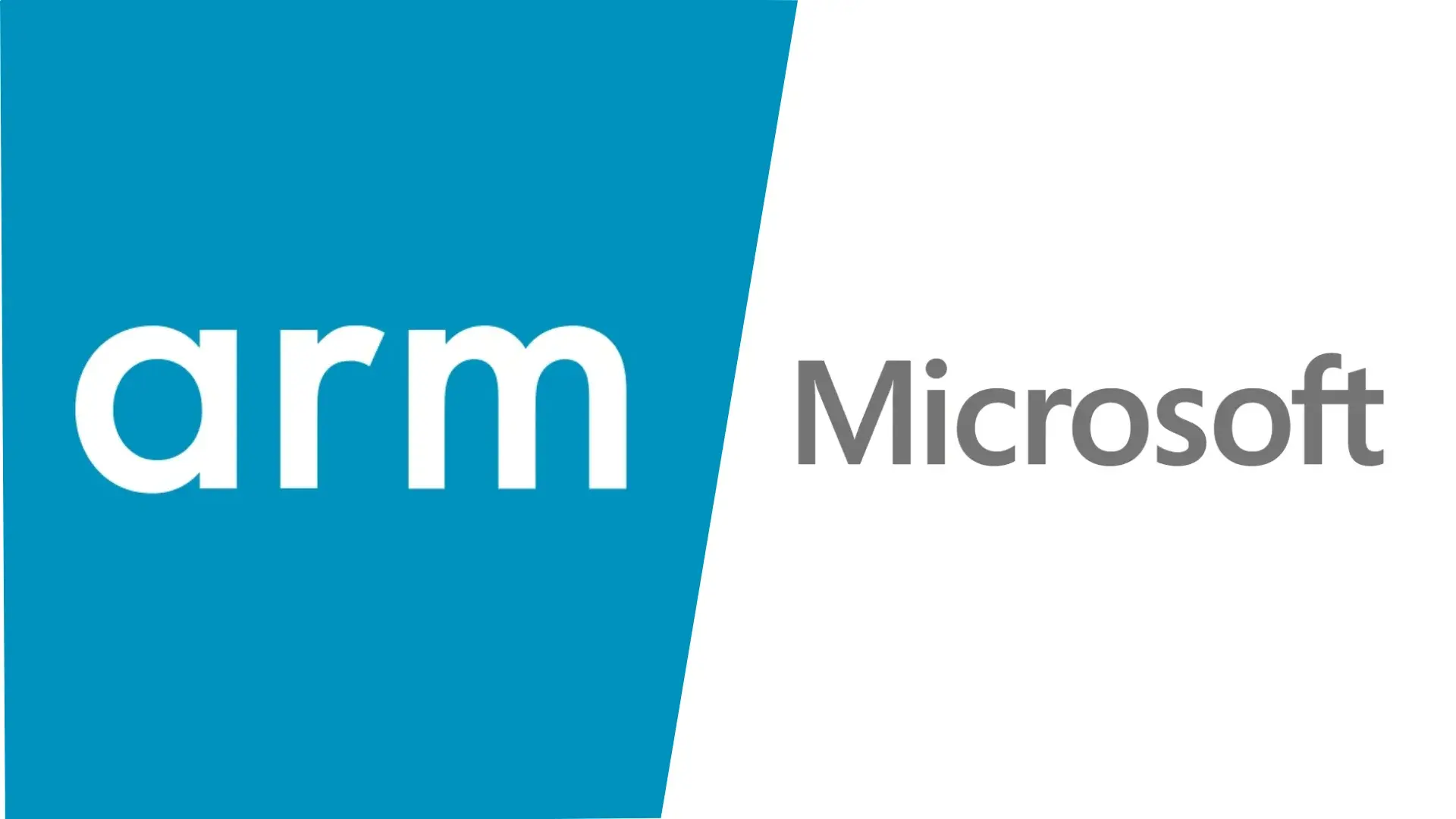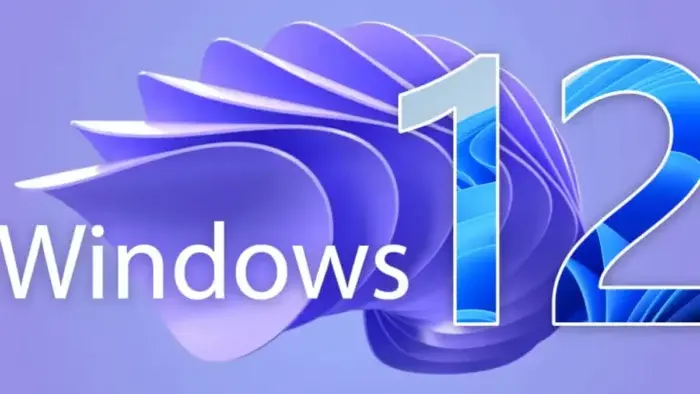This week, Qualcomm introduced the Snapdragon X Elite, its latest PC chip designed to compete with Apple Silicon. Notably, this chip has demonstrated its ability to outperform Intel Core i9 and AMD Ryzen 7 processors in various benchmark tests. The Snapdragon X Elite is a cutting-edge chip that marks a significant step forward for Windows on ARM. It has well established its presence in the computing landscape. As expected, this powerful chip will play a substantial role in enabling new functionalities in the upcoming Windows version, underscoring the growing importance of ARM-based solutions in the PC market.
In fact, Microsoft made a notable appearance alongside Qualcomm, with CEO Satya Nadella and CVP Windows + Devices Pavan Davuluri sharing insights about the Snapdragon X Elite and the broader implications of NPUs (Neural Processing Units) for the future of Windows. Although many details remained unspecified, and there were no live demonstrations or explicit references to “Windows 12,” both executives offered glimpses of forthcoming features being developed for the next iteration of the Windows operating system.
Microsoft CEO Drops Hints on Windows 12 
So, what did Microsoft say about the upcoming Windows 12? Satya Nadella gave a hint during his statement. Let’s dive into his statements in order to break it down on what exactly he was referring to. In his statement, Satya said:
“Gen AI has the potential to be as big as the mobile revolution, the cloud revolution, the web and PC, that class. I think fundamentally if you think about what the dream of computing always was, can you make interfaces much more human-friendly, much more natural? Can you augment human capability with computing? It starts with language, but it’s quickly going beyond that. That will fundamentally change what an OS is, what a UI looks like, how application interaction goes. So, UI change is always big, and this is a big UI change.”
“The other one is we now have a new reasoning engine. Anytime you use something like Github Copilot, it gives you a completely new thing to have an assistant you can reason about and help you create. So with these two things, a reasoning engine and a new natural UI, pretty much all software categories can be changed.”
Nadella went on to discuss the importance of hybrid computing, as I mentioned earlier, and its pivotal role in the forthcoming Windows version. Microsoft envisions a range of experiences that will adopt a hybrid model, blending local processing with cloud-based resources to enhance both computational power and capabilities. This approach allows for a more versatile and dynamic computing environment, where the best of both local and cloud computing can be harnessed to provide users with richer and more responsive experiences.
Microsoft Talks About Cloud-based Computing in Windows 12 
“If we look at the innovation that’s coming, on [devices where] you have very powerful NPUs, how do you compose an application that’s built using local compute and cloud inferencing together? That’s what we’re enabling with our Windows AI ecosystem. So, I think we’re literally going to have lots of applications that have local models, hybrid models, and that is the future of AI going forward.”
The hybrid approach assumes paramount significance because not all PCs possess the local capabilities to handle AI workloads. The upcoming generation of computers equipped with NPUs will undoubtedly manage a more extensive array of AI tasks locally, but certain functions require the involvement of cloud resources. This dynamic blend of local and cloud processing will underpin features like Microsoft Copilot, where a substantial portion of its functionality relies on cloud-based rendering while also incorporating on-device processing when contextually appropriate. This adaptive and synergistic utilization of resources ensures optimal performance and user experience.
“There is a new generation of AI PCs that are being created, so the work we’re doing together is going to bring together these experiences that cannot be done without a new system architecture. And the marquee experience for us is going to be Copilot. When Windows first came together, we had the Start button. The Copilot is like the Start button. So, for example, I go there and express my intent, and it either navigates me to an application or it brings the application to the copilot. So it helps me learn, query, create, and completely changes the user’s habits.”
Here, we receive a preliminary glimpse into the experiences that Microsoft aims to create through AI integration in the upcoming Windows version. Nadella references the Start button. He also offers an example of how Copilot can seamlessly engage in an activity or workflow based on a user’s intent. This hints at a vision where AI plays an active role in enhancing user interactions with the Windows operating system. It will provide more context-aware and responsive functionalities, particularly within the Start menu and other aspects of the interface.
In the future envisioned by Microsoft, the conventional process of clicking the Start button, searching for the desired app, opening project files, and starting work will be transformed. AI will enable users to express what they intend to do in natural language. Windows will proactively orchestrate the necessary actions. Microsoft’s ongoing efforts to implement natural language searching for files and restoring previous workflows align with this vision. This approach promises a more intuitive and streamlined user experience, where Windows acts as a responsive and proactive digital assistant, simplifying tasks and enhancing productivity.
Microsoft Product Chief, Pavan Davuluri Also Made Some Comments 
Now, let’s delve into Pavan Davuluri’s remarks, which echo the same sentiment that hybrid experiences will play a pivotal role in the future of Windows:
“I would say it’s all about the synergy between the cloud and client. For us, powerful NPUs like the one we’re building will work well in the Windows 11 AI ecosystem that we are creating for developers to build and create what we think of as hybrid apps. Hybrid AI applications that take advantage of local computing and Azure compute. To me, this has many advantages: enhanced privacy, cost savings, latency benefits, performance optimizations, and this notion of this extended personalization. “
Gizchina News of the week
Davuluri provides valuable insights into why hybrid computing benefits both end users and companies like Microsoft. For end users, it means the potential of AI is limitless. If your PC can’t handle a particular AI task locally, it can seamlessly tap into the cloud for assistance.
From Microsoft’s perspective, this approach is advantageous in terms of cost savings and environmental responsibility. We’re all aware that running AI workloads on massive Azure server farms can be energy-intensive. Thus, PCs capable of handling certain AI functions locally will help alleviate the burden on Microsoft’s servers. This will lead to reduced server costs and a smaller carbon footprint.
“We are building Windows to be the destination for the best AI experiences. Moving forward, this will require an OS that simply blurs the lines between the cloud and the edge, and using the right silicon in the right place is foundational for us.”
This underscores Microsoft’s strong emphasis on hybrid experiences. The next-generation NPUs will enable some AI features to operate locally, while others will rely on the cloud to achieve their full potential.
Davuluri also hints at the exciting experiences that the AI features integrated into the next version of Windows will bring:
“As we think about the future of these Windows devices, you will be able to personalize every interaction. The AI is going to be able to orchestrate across multiple apps, services, and devices, functioning as an agent in your life that can connect and keep context across entire workflows.”
These comments share similarities with Cortana and may suggest the development of a future version of Microsoft Copilot with enhanced personalization capabilities. This advanced Copilot could remember user preferences, adapt to their habits, and provide more value by understanding them better. It may also operate seamlessly across various devices, including multiple Windows PCs and phones.
These remarks may imply a feature enabling the Copilot to comprehend a user’s on-screen activities and enhance the OS’s productivity accordingly. Windows could identify the content displayed and provide tailored suggestions. It could also provide shortcuts, and efficient methods to engage with ongoing tasks or workflows.
Microsoft Windows 12 on ARM 
Now, let’s delve into Davuluri’s statements regarding Windows on ARM and its approach to app emulation:
“As we look forward to future generations of the platform, Snapdragon X Elite and Windows 11 will deliver faster performance, better performance for sure, with emulation becoming more efficient … Our engineering teams have been working to optimize performance and compatibility of this platform. We’re excited that the vast majority of top-tier applications will run natively or via seamless emulation efficiently and in a performant manner.”
It’s uncertain whether Davuluri is hinting at enhancements to the emulation engine or simply highlighting performance improvements due to the more potent Snapdragon X Elite. He does reference a more efficient emulation layer, possibly indicating some improvements within the operating system.
Conclusion
In conclusion, here’s what we have learned about the upcoming Windows version:
1. It will feature context-aware AI integration.
2. Many AI features and applications will adopt hybrid computing.
3. AI will enable novel UI experiences that were previously unattainable.
Although Microsoft hasn’t made specific announcements, it has tantalizingly hinted at its plans for the 2024 version of Windows. Nadella suggested the potential for a brand-new AI-driven user interface. Davuluri mentioned context-aware AI capabilities, and both emphasized the significance of hybrid computing scenarios.
The exact outcome remains uncertain, but it’s evident that Microsoft’s internal developments will have a substantial impact on the PC landscape in 2024 and beyond. Microsoft is striving to position Windows as the leading AI-powered operating system. Whether this becomes successful will only become clear with time.





